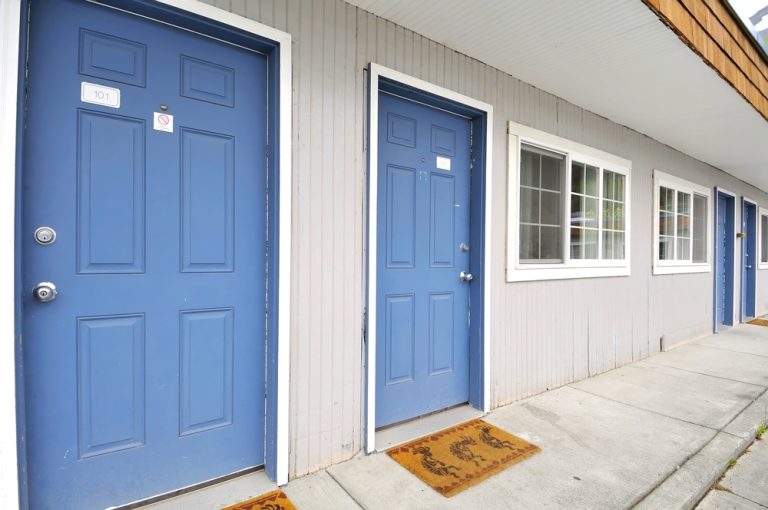Pay Attention to These Financial Warning Signs
Pay Attention to These Financial Warning Signs
Scott Williams answers questions for Hardware Retailing magazine in this article published on May 30, 2019 and written by assistant editor Kate Klein.
Many small business owners struggle to identify financial pitfalls or get help before problems become disastrous for their retail operations. Attorney R. Scott Williams from RumbergerKirk took questions on issues that signal danger and what to do about them.
Hardware Retailing (HR): What are some warning signs that retailers should look for if they want to prevent the financial vulnerability that leads to bankruptcy?
Scott Williams (SW): For retailers, the warning signs often are that they are struggling with their line of credit or with staying inside the covenants of their bank loan. Sometimes, there isn’t enough cash flow or they’re struggling to make payroll. A trap that so many small business owners get into is thinking, “I’m just not going to pay my payroll taxes this week, but I’ll catch up next week.” That’s a terrible idea. I think a lot of folks play fast and loose with their employee taxes. Another common one is thinking, “Oh, I’m going to finance my receivables or my credit card receivables.” You’re borrowing with expensive money if you’re doing that. You want to try to avoid that at all costs. A lot of times, if you’ve got a good relationship with your lender, your banker will tell you, “You’ve been struggling a little bit.”
HR: If retailers have identified those problems, what should they do next?
SW: I think it is human nature so often not to do anything and say, “It’ll go away over time.” That’s not been my experience. Problems don’t go away unless you make changes.
Take steps to remedy them. Sometimes, if there is a problem, it may actually be an opportunity in disguise. If you’re running a chain of five stores and one of those stores is really underperforming, why don’t you, when you can get out of that lease and close that store down, close the store? Focus on what’s profitable. If you’re on top of the numbers and paying attention, what may seem like a loss is actually a net gain. Be realistic.
The advice I give everyone who comes in to see me is, “If you’ve dug a hole, rule No. 1 is to stop digging.“ So many people get personally invested in their project or their idea and they say, “Well, I thought this was a great idea, so I’m going to keep plowing on, even if I keep losing money.” You’ve got to be a dispassionate business owner and say, “OK. I thought this was a good idea, but it was a mistake.” Recognize it for what it is and focus your time and attention on something that is making money.
HR: What are the biggest mistakes retailers can make when addressing the problems?
SW: The biggest mistake is ignoring problems and, when you have identified that you have issues, not asking for help. That help may be in the form of going to your lender and talking about expanding so you can use economies of scale and make more money. Instead of having four stores, you may need seven stores. If you can expand, then you need to borrow more money. There are lots of restructuring professionals and others, short of hiring a bankruptcy lawyer like me, who can help you look at your books and records and help you with your problems.
HR: At what point do the business owners need outside help?
SW: If you identify a problem and you can’t figure out how to solve it, that’s when you may need to bring in the outside people, whether they are accountants, restructuring people or bankruptcy lawyers. If you can’t figure it out yourself or the problem is just too big, then you need help. And it’s going to cost you money. Maybe you’re going to take a short-term hit. But wouldn’t you rather take a short term hit and solve the problem than continue down the path that leads to slow destruction?
You have to understand that restructuring professionals and bankruptcy professionals know that there’s not enough money. We can get creative to figure out ways to help companies because that’s what we’re in the business to try and do. What so often happens is that people will come to me when they have tapped out all of their line of credit. They’re financing their receivables. They are four months behind on their payroll taxes.
A bankruptcy doesn’t solve the problem. A bankruptcy simply you gives you an opportunity to fix your problems. But to fix problems, a lot of times, you need some cash and flexibility. If you let it run to the end, then there’s nothing I can do because you’ve let it go on so long there’s no wiggle room. There’s no negotiating with your creditors. They’ve lost faith in you. You’ve promised them too many times that the check is in the mail. People want to and are willing to work with you. But if you don’t give them the opportunity, you’ve burned all those bridges and there’s very little that a bankruptcy or restructuring professional could do to help you.
What happens if there’s a major cash flow problem?
A lot of times, you can go to your lenders and to your financing sources and say, “I need some help to work through this.” You try to create a win-win situation for them. You can say, “If I bring somebody in to help me, that will help you because I will get the loans back to being on a performing basis. Ultimately, I’ll be profitable and be able to do more things and borrow more money from you and have a successful company. But if I don’t get some professional help in here, we’re digging this hole and I don’t see an exit strategy.” When there’s limited resources, sometimes you can get creative. The worst thing to do, though, is ignore it. Sometimes you may need to get creative, and for the small business owners with limited resources, there are people who can help.
HR: What options for outside help are available to small businesses with very limited resources?
SW: There are nonprofits, mentoring programs and sometimes university-run programs where they can help you understand what’s going on with your business and help it get better. Resources exist that are free or have very modest costs. Whether it’s a small business incubator or the local chamber of commerce, there may be options that are available to you in your community. There are also online resources that you can go to find other people who are facing the same problems and get feedback on how you might be able to help yourself out of the issue. Unless you recognize the problem and are willing to be proactive, whether it be searching online or going to a small business incubator, ignoring the problem is never going to solve it.








